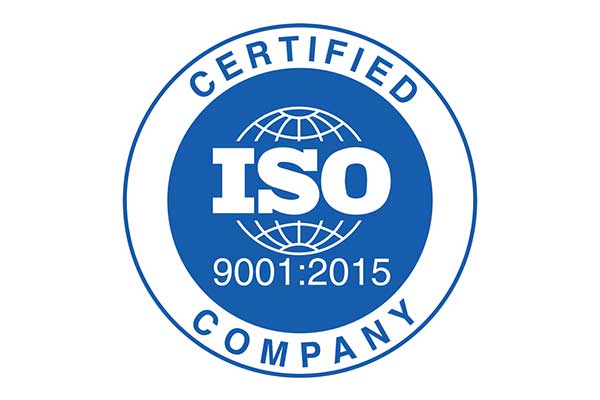Congratulations on acquiring your ISO 9001 certificate. We understand that the journey to this point was long and tiresome. We also understand that you may be tempted to take a break and enjoy the fruits of your ISO 9001 certificate. However, we strongly urge you against mellowing up. This is because resting could be equivalent to losing in this scenario.
To maintain the validity of your ISO 9001 certificate, you need to conduct a yearly audit. In this article, we will talk about why ISO 9001 yearly audit is essential, why you need to conduct them and the steps you should take to prepare yourself for this assessment.
Why is ISO 9001 yearly audit important?
Once you acquire your ISO 9001 certificate, you enter a three-year cycle. In this three-year cycle, you need to conduct yearly audits, also known as surveillance audits, to maintain the validity of your certificate. After consecutively clearing these audits, you will have to undergo a recertification audit at the end of the three-year period to be re-granted your certificate.
It is very typical to wonder why these yearly audits are conducted. The answer is simple. Your Quality Management System (QMS) is built to serve you and your organisation by continually improving itself. If you do not conduct these yearly assessments, you may overlook deficiencies that may have developed since your last assessment.
The noteworthy point is that when we talk about “risks” in terms of ISO 9001, we do not necessarily mean negative implications. Sometimes, risks also hold positive implications. If you do not conduct your yearly assessments, you may overlook hidden opportunities that could help your business grow. Hence, to summarise, yearly ISO 9001 audits are essential to maintain the efficiency of your QMS so that it can reap benefits for you and your organisation.

What is an ISO 9001 surveillance audit?
Usually, surveillance audits or ISO 9001 yearly audits are conducted by the certification body that granted you the certification. The purpose of this audit is not only to identify non-conformances but also to highlight deficiencies, areas of improvement, and any hidden opportunities. Experts describe surveillance audits as similar to certification audits but of lesser intensity.
These annual audits focus on only some of the QMS, but rather a selected portion so that fewer resources or efforts are spent during the assessment without compromising on the effectiveness of the evaluation.
What is the difference between ISO 9001 certification audit and an ISO 9001 surveillance audit?
So, what is the difference between surveillance and recertification/certification audits? Let us first talk about the similarities. All these three audits are conducted on-site by the certification body. At the end of each audit, the auditor addresses the business owner and presents them with a list of corrective actions that need to be implemented.
The actual difference between the two audits lies in the hours dedicated to the activities. Taking the example of a certification/recertification audit, first, the auditors will look at the implementation of every process in your QMS to measure its compliance with the ISO 9001 standard.
Additionally, the company documentation will be checked for process effectiveness and continual improvement.
Depending upon the size of your organisation, this audit can often take auditors several days to complete. The audit can take up to a month for larger organisations with a more significant number of processes in the QMS. In contrast, auditors will spend less time during a surveillance audit, as only some portions of the QMS processes are observed.
Only some portions of the entire organisation are looked at, such as one or two production lines or single sites. The recommended rule for auditors is to utilise a square root of all possible locations, so if you have 16 retail stores in the scope, for example, then at least four stores should be audited.
Since the auditors spend less time, the surveillance audits take fewer days. The goal of the certification body is to evaluate all processes and all locations at least once in the three-year cycle.

How to prepare for ISO 9001 surveillance audit?
Remember, the surveillance audit will always be focused on specific areas. Therefore, depending on the size of your organisation, the audit areas may include the performance or maintenance systems of your QMS.
Additionally, the focus may either be on preventive or corrective processes. To adequately prepare for ISO 9001 surveillance audit, understand the status of all risks within your organisation and ensure that your documentation is up-to-date. You should be able to produce evidence that you are working towards eliminating the cause of all non-conformities and repeating deficiencies.
Conclusion
The yearly ISO 9001 audits are also known as surveillance audits. The purpose of these audits is to help organisations maintain the validity of the ISO 9001 certificate by evaluating the effectiveness of the QMS. In comparison to certification/recertification audits, surveillance audits are less time-consuming, more specific and less intense.








Users Comments
Get a
Quote